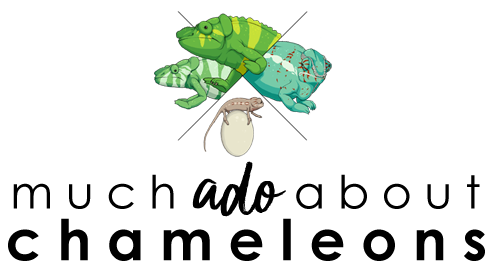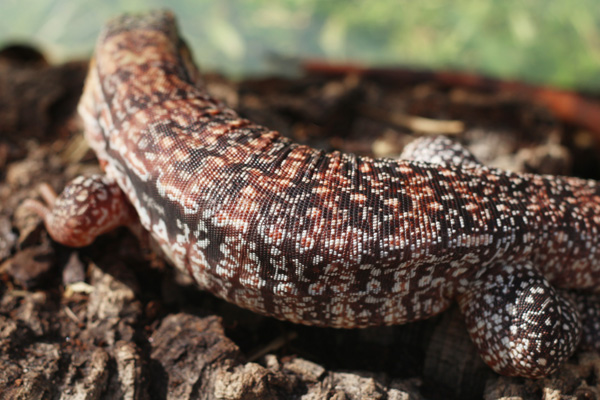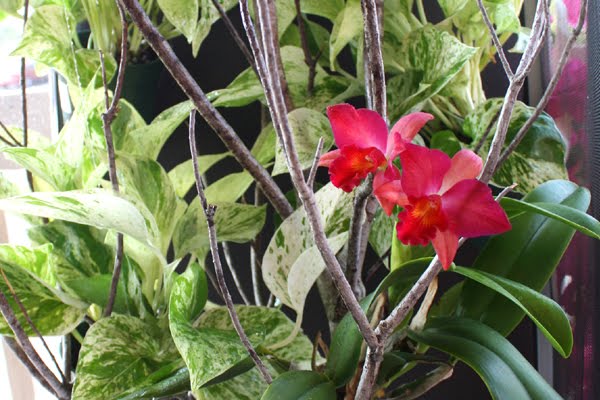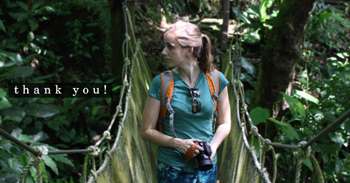Day 6-7: Exploring Andasibe and Vakona Lodge
By the time we arrived in Andasibe it was utterly dark outside but early enough for a pre-dinner herping walk with our flashlights in hand. Our bus left us on a stretch of road where we met up with our three tour guides for the evening, two men and one woman, who scanned the trees and bushes for chameleons as we walked through the rain. Soaked completely through and sans my camera (I wasn't going to risk getting my equipment wet for mediocre nighttime photos), I walked briskly the length of the road just trying not to step and kill all the little frogs on the asphalt, who were emboldened by the rain and were busy socializing underfoot.
Dinner and bedtime followed, but the next morning we were able to appreciate the area's natural beauty. Much more misty rainforest than any of the areas we'd seen so far, it truly felt like being in the tropics now.




















